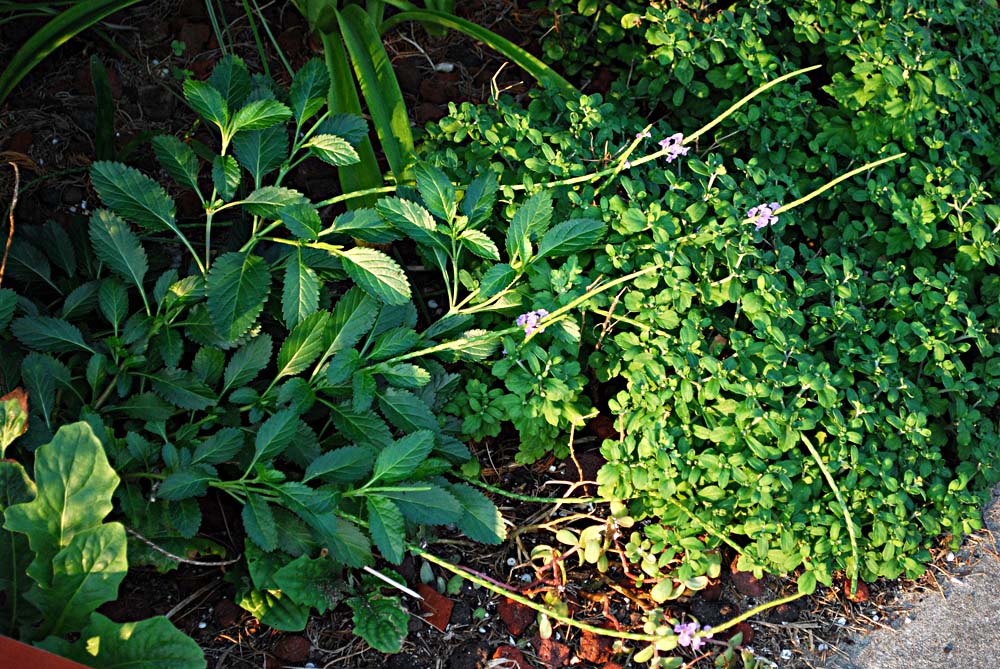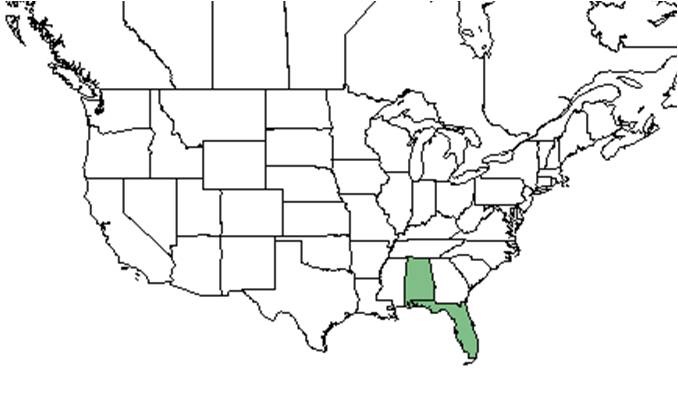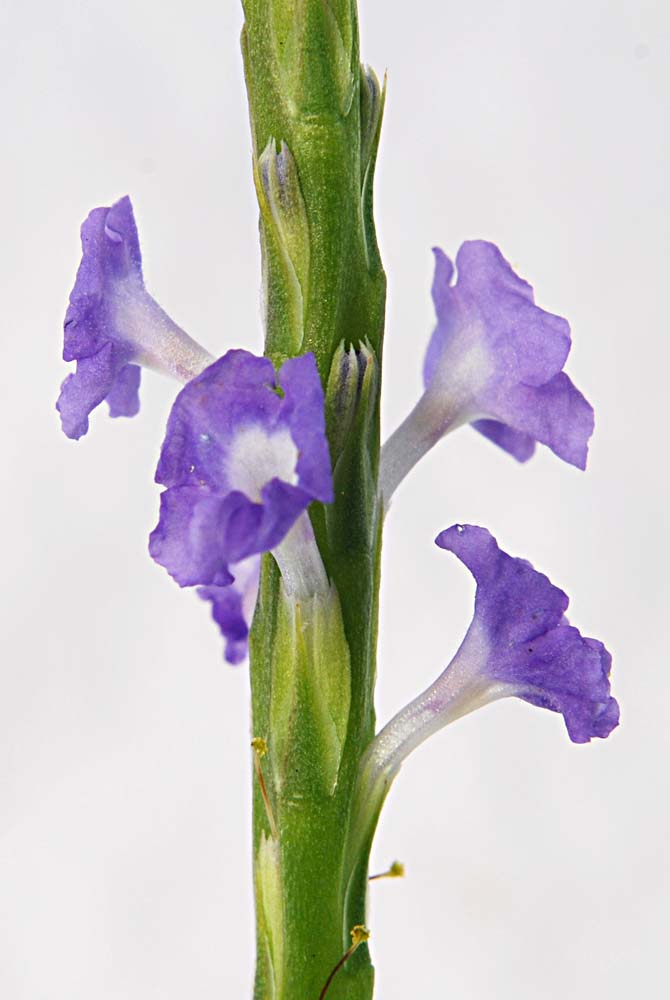Difference between revisions of "Stachytarpheta jamaicensis"
KatieMccoy (talk | contribs) (→Distribution) |
KatieMccoy (talk | contribs) (→References and notes) |
||
| Line 53: | Line 53: | ||
==References and notes== | ==References and notes== | ||
Deyrup, M.A. and N.D. 2015. Database of observations of Hymenoptera visitations to flowers of plants on Archbold Biological Station, Florida, USA. | Deyrup, M.A. and N.D. 2015. Database of observations of Hymenoptera visitations to flowers of plants on Archbold Biological Station, Florida, USA. | ||
| − | |||
| − | |||
Revision as of 14:11, 17 March 2016
| Stachytarpheta jamaicensis | |
|---|---|

| |
| Photo by Wayne Matchett, SpaceCoastWildflowers.com | |
| Scientific classification | |
| Kingdom: | Plantae |
| Division: | Magnoliophyta - Flowering plants |
| Class: | Magnoliopsida – Dicotyledons |
| Order: | Lamiales |
| Family: | Verbenaceae |
| Genus: | Stachytarpheta |
| Species: | S. jamaicensis |
| Binomial name | |
| Stachytarpheta jamaicensis (L.) Vahl | |

| |
| Natural range of Stachytarpheta jamaicensis from USDA NRCS Plants Database. | |
Common name: light-blue snakeweed
Contents
Taxonomic notes
Stachytarpheta comes from the Greek words: stachys meaning spike and tarphys meaning thick or dense, which both refer to the dense flower spike. The specific epithet refers to the species origin: Jamaica[1].
Description
S. jamaicensis is a small, sprawling perennial shrub whose younger stems are green or purplish in color, glabrous, and square. The blue or pink flowers are borne terminally on long, stringy spikes at the end of the stems. Leaves are opposite, simple, serrated, and ovate. Fruits are inconspicuous[2][3].
Distribution
This species is native to south Florida, the Caribbean, Bahamas, Bermuda, and Mexico[4]. It has become naturalized in Africa, Madagascar, tropical Asia, and northern and eastern Australia[2].
Ecology
Habitat
In the Coastal Plain in Florida, S. jamaicensis has occurred in weedy areas on calcareous substrate (FSU Herbarium).
Phenology
Seed dispersal
Seed bank and germination
Fire ecology
Pollination
The following Hymenoptera families and species were observed visiting flowers of Stachytarpheta jamaicensis at Archbold Biological Station (Deyrup 2015):
Apidae: Bombus pennsylvanicus
Use by animals
Diseases and parasites
Conservation and Management
Cultivation and restoration
Photo Gallery
Flowers of Stachytarpheta jamaicensis Photo by Wayne Matchett, SpaceCoastWildflowers.com
References and notes
Deyrup, M.A. and N.D. 2015. Database of observations of Hymenoptera visitations to flowers of plants on Archbold Biological Station, Florida, USA.
